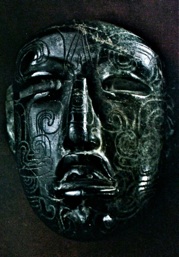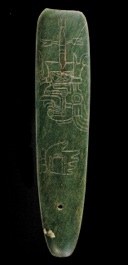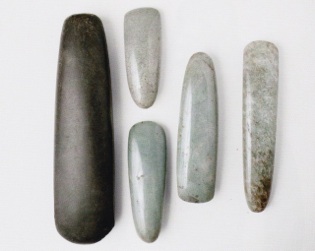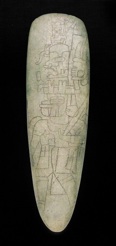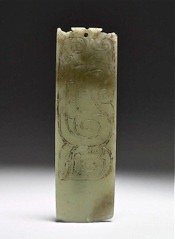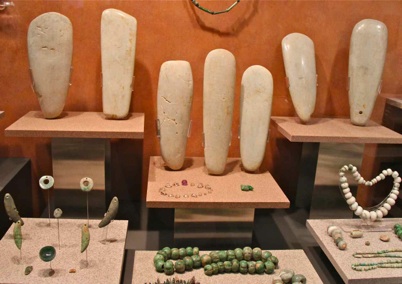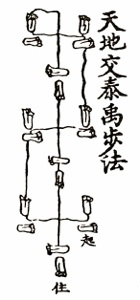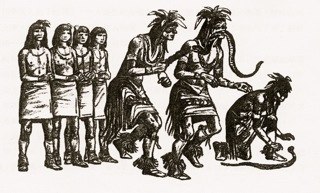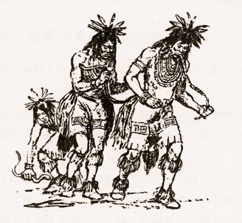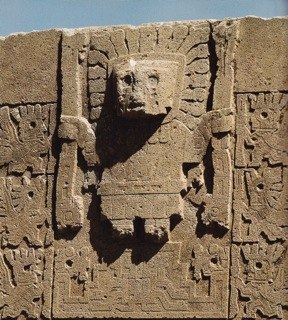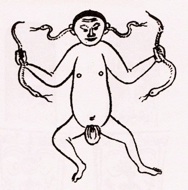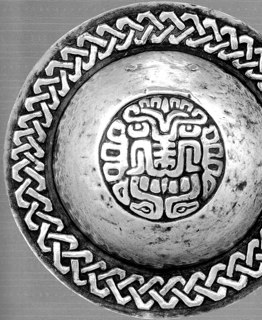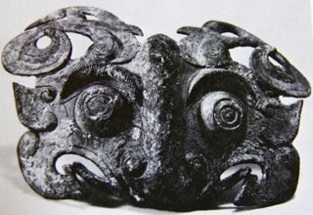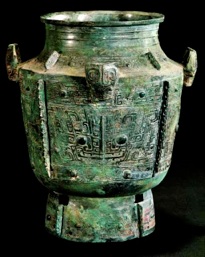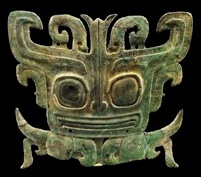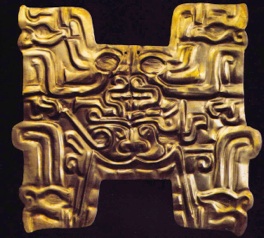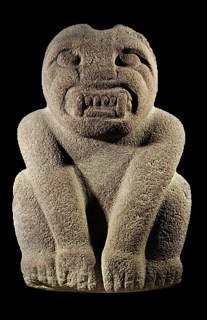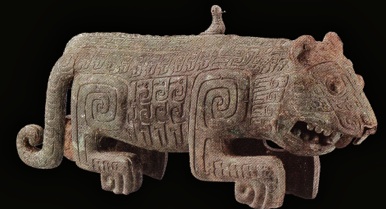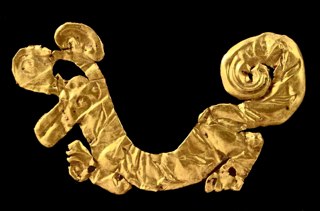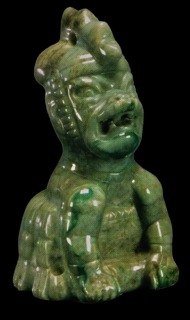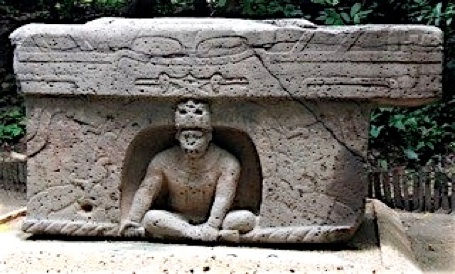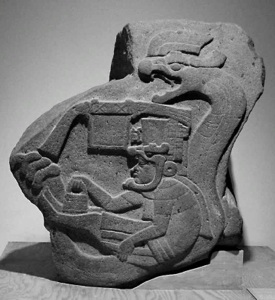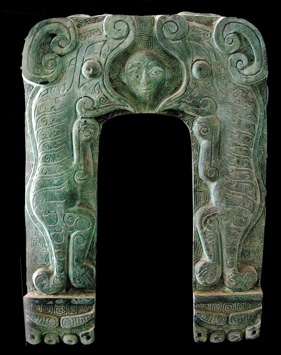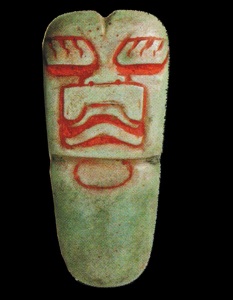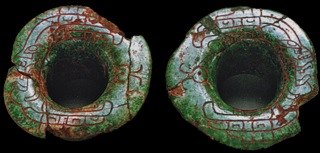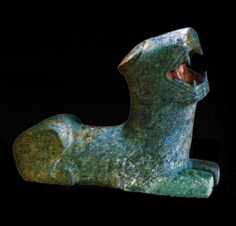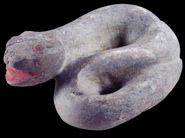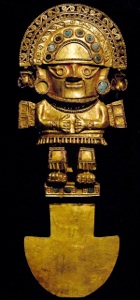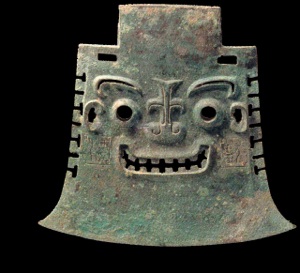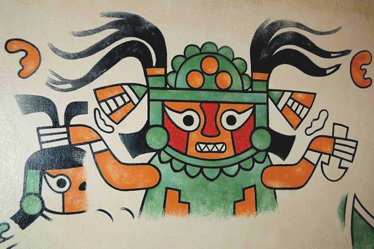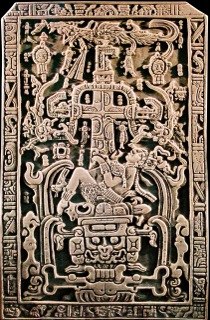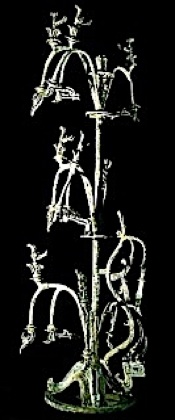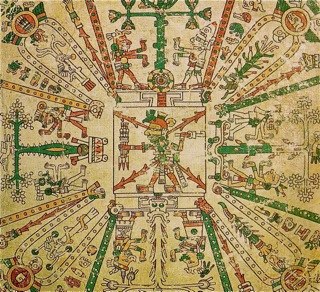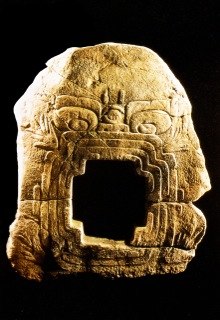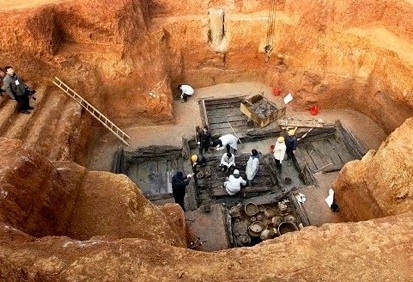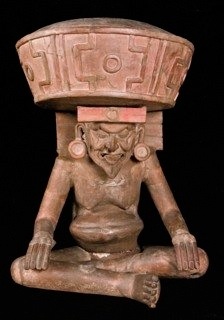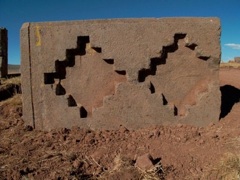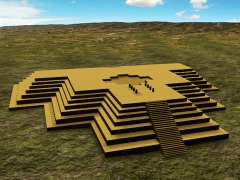Chinese civilization and American civilizations are actually the descendants of the same ancestors, from different locations and times. KC Chang called this entire cultural background "the Mayan-Chinese Culture Continuum.” The geographical scope of this continuum covers the entire Old World and the New World. Their time dates back much further than the origin of Chinese civilization, or the Mayan civilization, and at least as early as the Upper Paleolithic Period.
Based on this point of view, the Paleolithic ancestors, their culture, in particular the level of development of the arts, ideas and ideology, far exceed how we view them from limited archaeological data. As such, we often underestimate the level of their culture.
20,000-30,000 years ago when most of the Indigenous groups passed through the Bering Strait from Asia to the Americas, they brought along a culture with unexpected richness. This extended to the New World and became known as "the Mayan-Chinese culture continuum. Its core element comprised of "sorcery and shaman culture". When viewing the world, they divided it into different levels, and the shaman interchanged between the different levels. They engaged in this communication, some aides and tools: various law , which may include a gourd, alcohol, drugs, a variety of animals and a heaven-earth pole.
20,000 to 30,000 years ago, people journeyed across the Bering Strait to the New World. During this process, they were said to have brought over a variety of cultural background. From this rich basis of culture, similar societies were formed at different places and different times. This included the Bronze Age civilization that occurred two to three thousand years ago in China, the Mayan civilization in Mexico, as well as other similar civilizations.
Note: KC Chang, Qingtong Huichen





